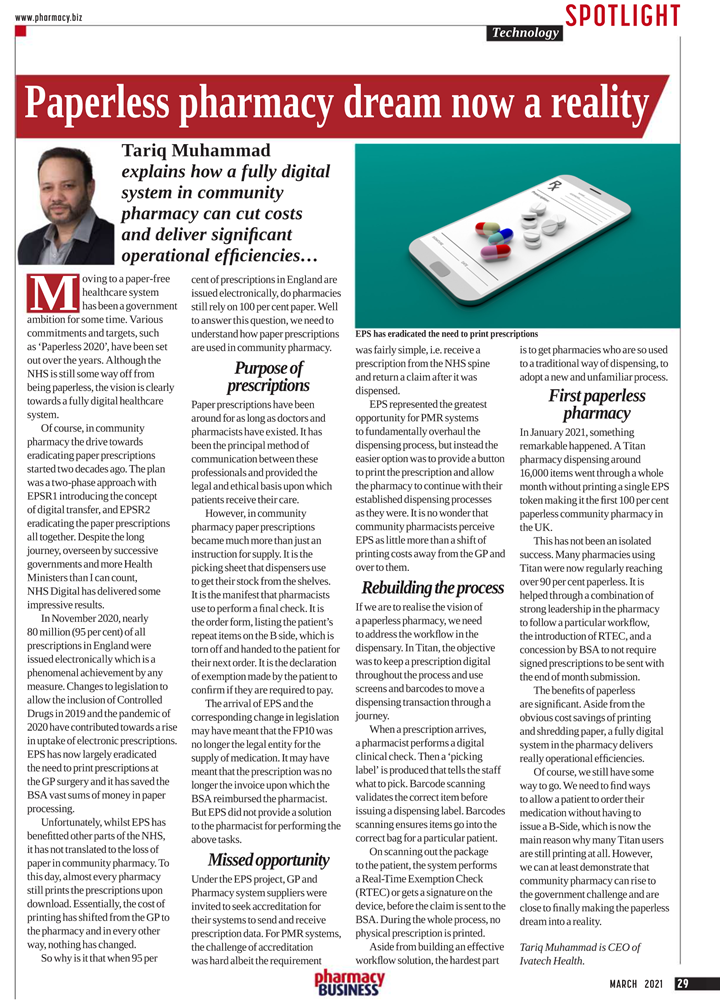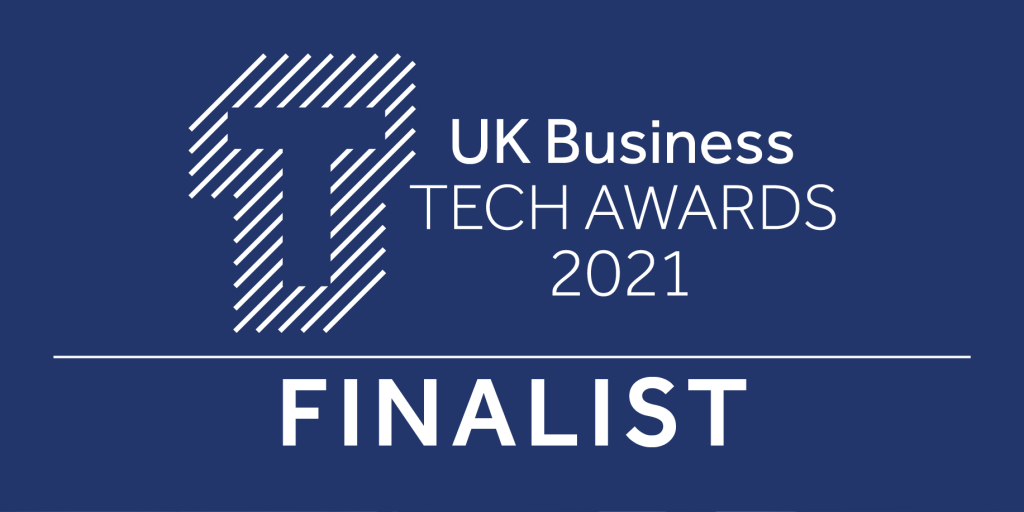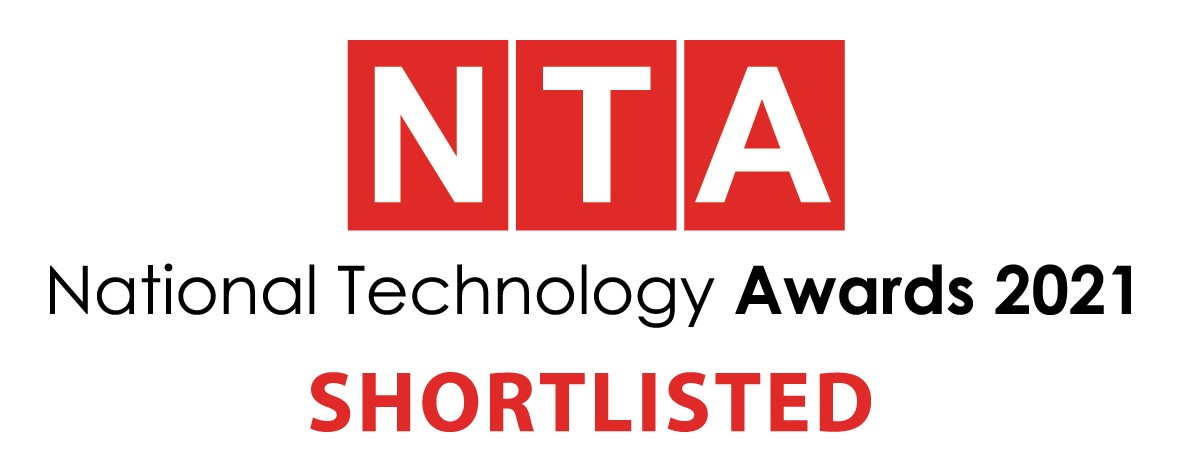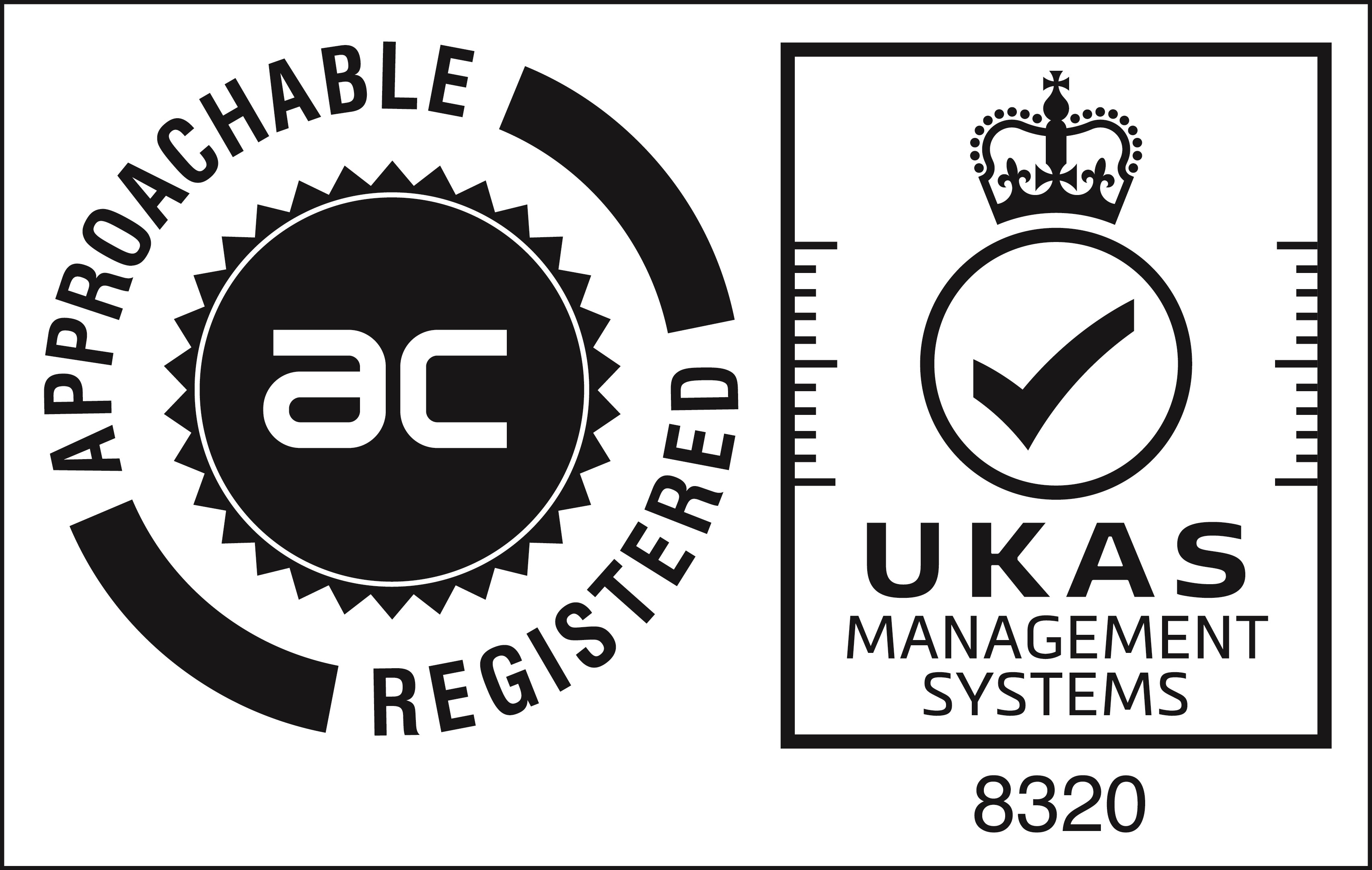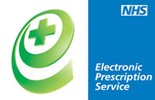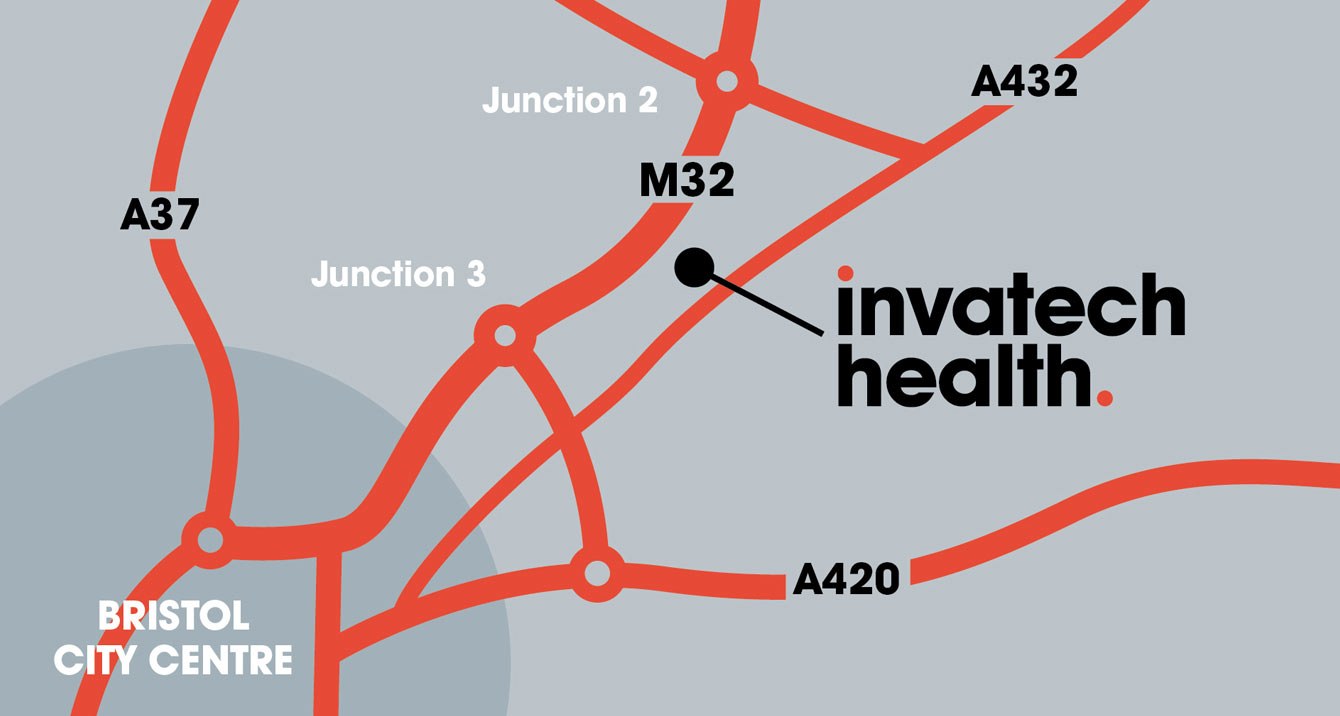Paperless Pharmacy Dream Now A Reality
Moving to a paper-free healthcare system has been a government ambition for some time. Various commitments and targets, such as ‘Paperless 2020’, have been set out over the years. Although the NHS is still some way off from being paperless, the vision is clearly towards a fully digital healthcare system.
Of course, in community pharmacy the drive towards eradicating paper prescriptions started two decades ago. The plan was a two-phase approach with EPSR1 introducing the concept of digital transfer, and EPSR2 eradicating the paper prescriptions all together. Despite the long journey, overseen by successive governments and more Health Ministers than I can count, NHS Digital has delivered some impressive results.
In November 2020, nearly 80 million (95%) of all prescriptions in England were issued electronically which is a phenomenal achievement by any measure. Changes to legislation to allow the inclusion of Controlled Drugs in 2019 and the pandemic of 2020 have contributed towards a rise in uptake of electronic prescriptions. EPS has now largely eradicated the need to print prescriptions at the GP surgery and it has saved the BSA vast sums of money in paper processing.
Unfortunately, whilst EPS has benefitted other parts of the NHS, it has not translated to the loss of paper in community pharmacy. To this day, almost every pharmacy still prints the prescriptions upon download. Essentially, the cost of printing has shifted from the GP to the pharmacy and in every other way, nothing has changed.
So why is it that when 95% of prescriptions in England are issued electronically, do pharmacies still rely on 100% paper. Well to answer this question, we need to understand how paper prescriptions are used in community pharmacy.
Purpose of Prescriptions
Paper prescriptions have been around for as long as doctors and pharmacists have existed. It has been the principal method of communication between these professionals and provided the legal and ethical basis upon which patients receive their care.
However, in community pharmacy paper prescriptions became much more than just an instruction for supply. It is the picking sheet that dispensers use to get their stock from the shelves. It is the manifest that pharmacists use to perform a final check. It is the order form, listing the patient’s repeat items on the B side, which is torn off and handed to the patient for their next order. It is the declaration of exemption made by the patient to confirm if they are required to pay.
The arrival of EPS and the corresponding change in legislation may have meant that the FP10 was no longer the legal entity for the supply of medication. It may have meant that the prescription was no longer the invoice upon which the BSA reimbursed the pharmacist. But EPS did not provide a solution to the pharmacist for performing the above tasks.
Missed Opportunity
Under the EPS project, GP and Pharmacy system suppliers were invited to seek accreditation for their systems to send and receive prescription data. For PMR systems, the challenge of accreditation was hard albeit the requirement was fairly simple, i.e. receive a prescription from the NHS spine and return a claim after it was dispensed.
EPS represented the greatest opportunity for PMR systems to fundamentally overhaul the dispensing process, but instead the easier option was to provide a button to print the prescription and allow the pharmacy to continue with their established dispensing processes as they were. It is no wonder that community pharmacists perceive EPS as little more than a shift of printing costs away from the GP and over to them.
Rebuilding The Process
If we are to realise the vision of a paperless pharmacy, we need to address the workflow in the dispensary. In Titan, the objective was to keep a prescription digital throughout the process and use screens and barcodes to move a dispensing transaction through a journey.
When a prescription arrives a pharmacist performs a digital clinical check. Then a picking label is produced that tells the staff what to pick. Barcode scanning validates the correct item before issuing a dispensing label. Barcodes scanning ensures items go into the correct bag for a particular patient. On scanning out the package to the patient, the system performs a Real-Time Exemption Check (RTEC) or gets a signature on the device, before the claim is sent to the BSA. During the whole process, no physical prescription is printed.
Aside from building an effective workflow solution, the hardest part is to get pharmacies who are so used to a traditional way of dispensing, to adopt a new and unfamiliar process.
First Paperless Pharmacy
In January 2021, something remarkable happened. A Titan pharmacy dispensing around 16,000 items went through a whole month without printing a single EPS token making it the first 100% paperless community pharmacy in the UK.
This has not been an isolated success. Many pharmacies using Titan were now regularly reaching over 90% paperless. It is helped through a combination of strong leadership in the pharmacy to follow a particular workflow, the introduction of RTEC, and a concession by BSA to not require signed prescriptions to be sent with the end of month submission.
The benefits of paperless are significant. Aside from the obvious cost savings of printing and shredding paper, a fully digital system in the pharmacy delivers really operational efficiencies.
Of course, we still have some way to go. We need to find ways to allow a patient to order their medication without having to issue a B-Side, which is now the main reason why many Titan users are still printing at all. However, we can at least demonstrate that community pharmacy can rise to the government challenge and are close to finally making the paperless dream into a reality.

